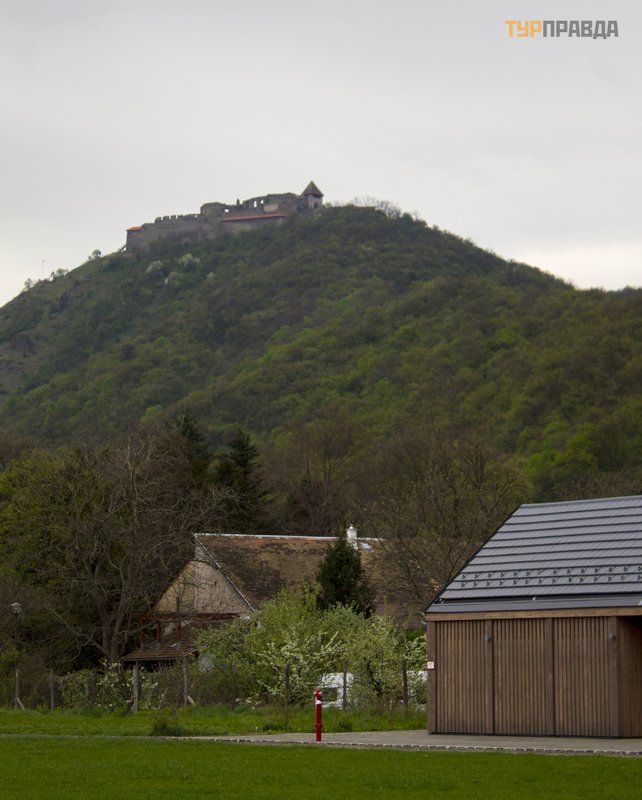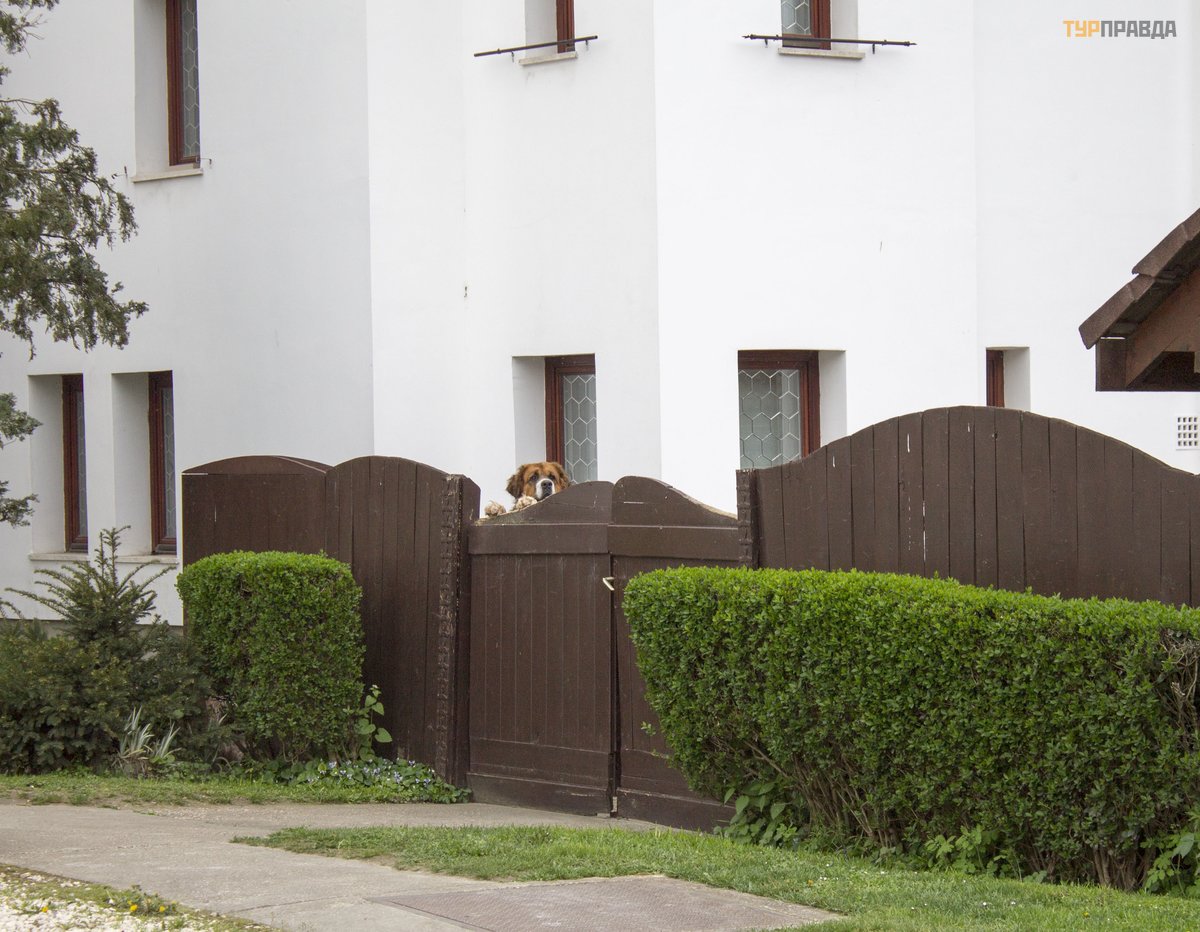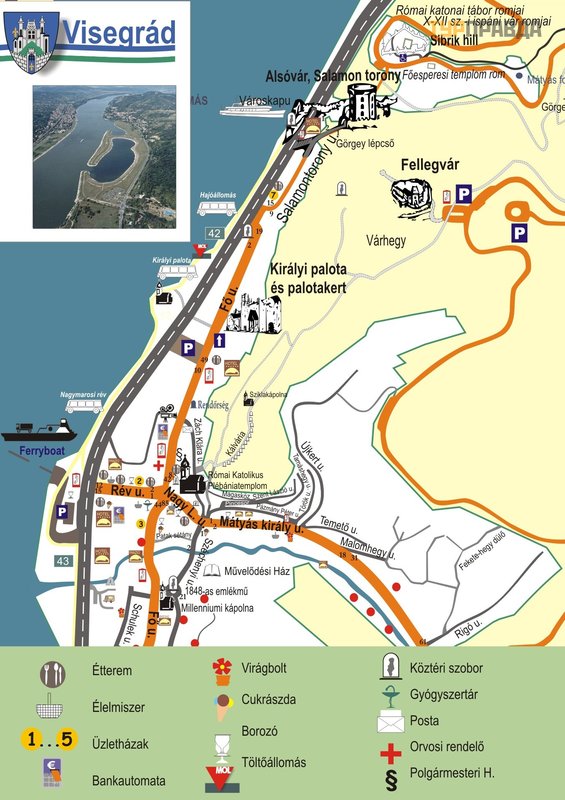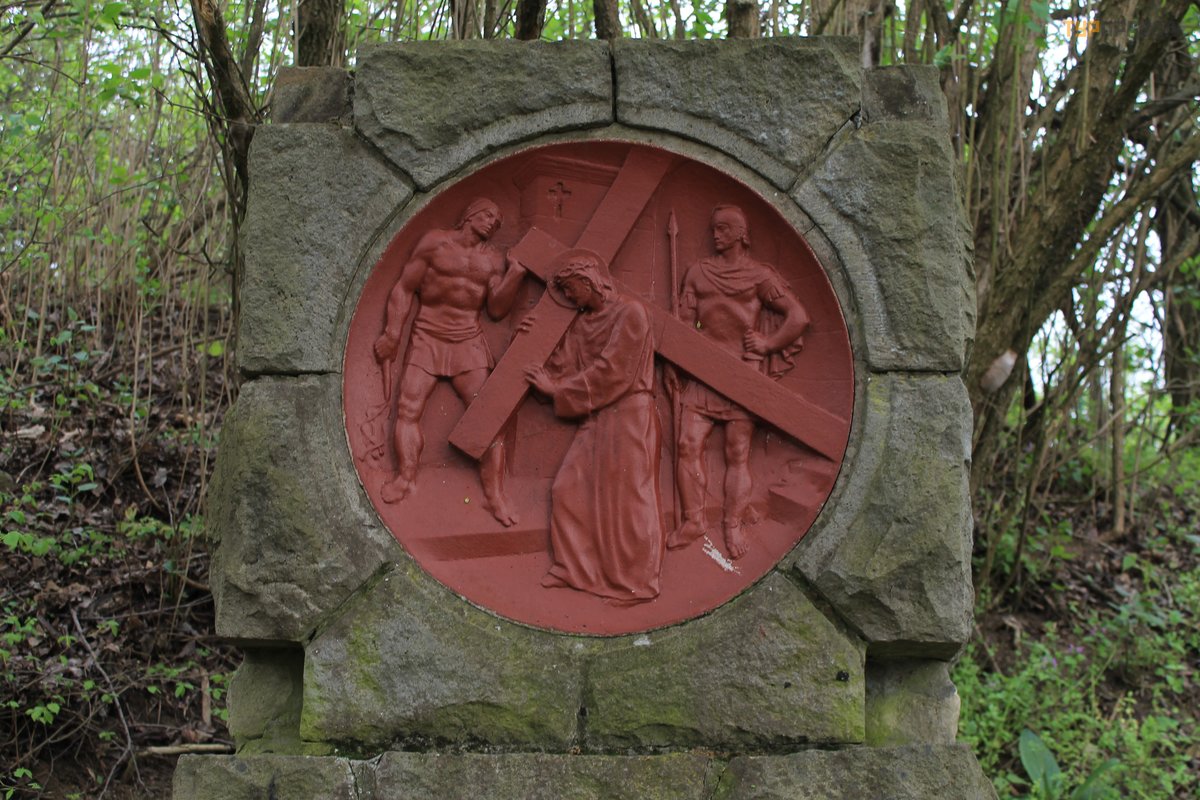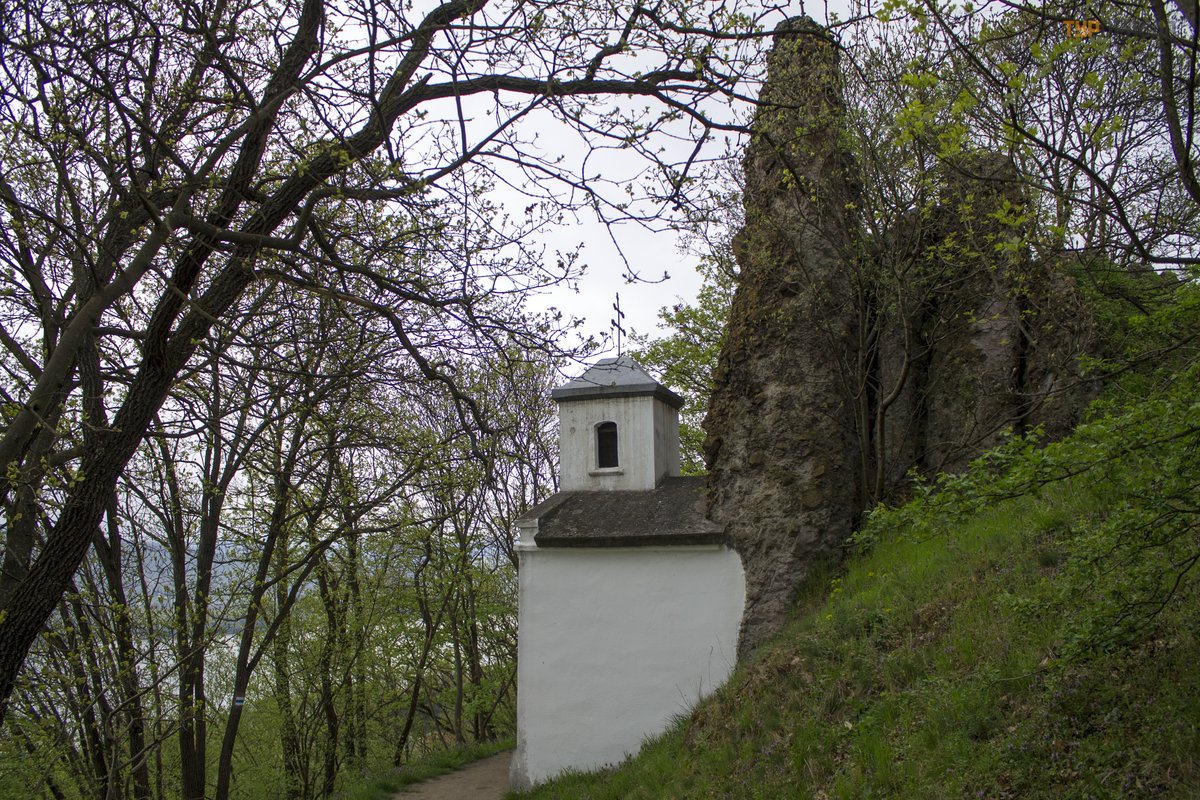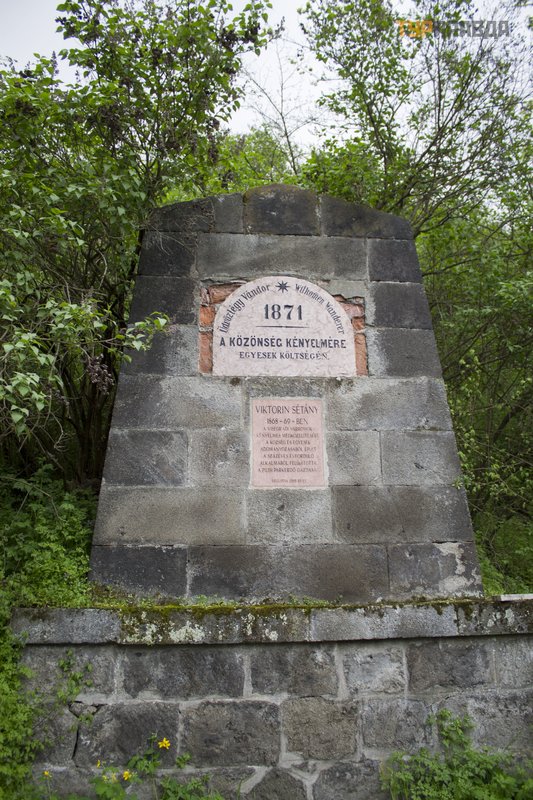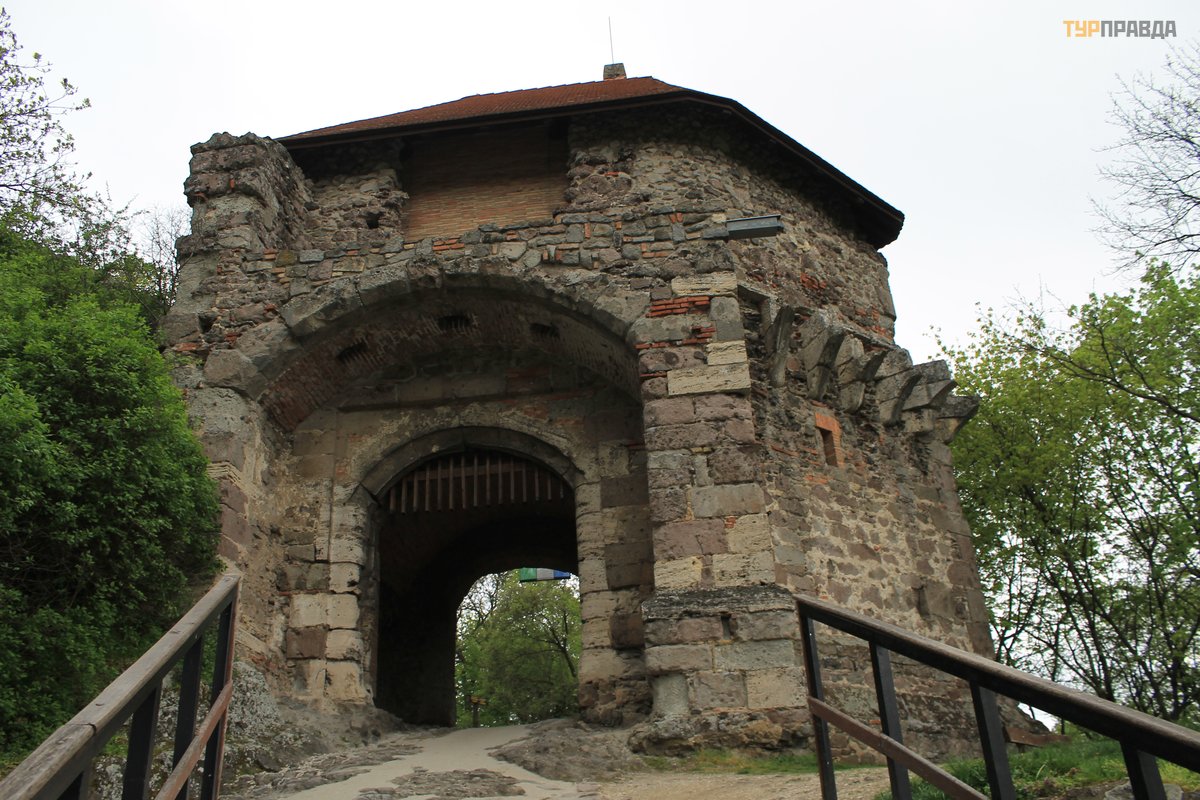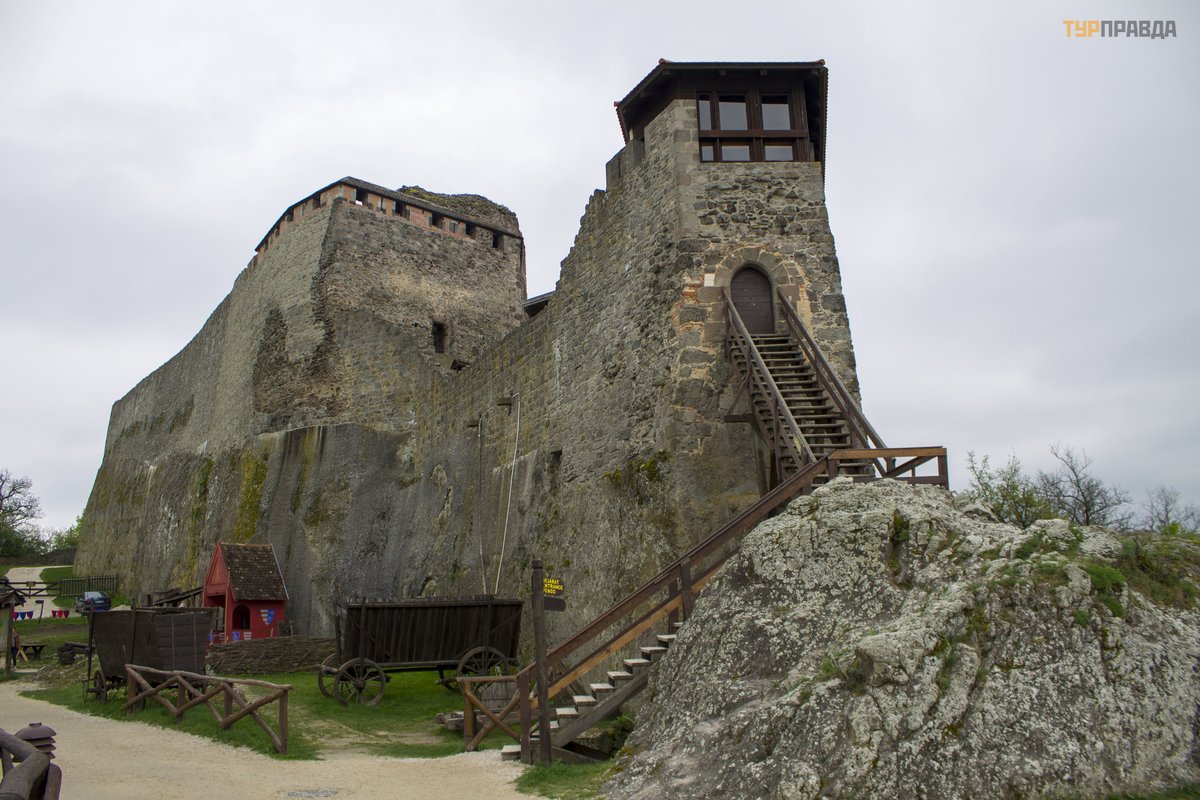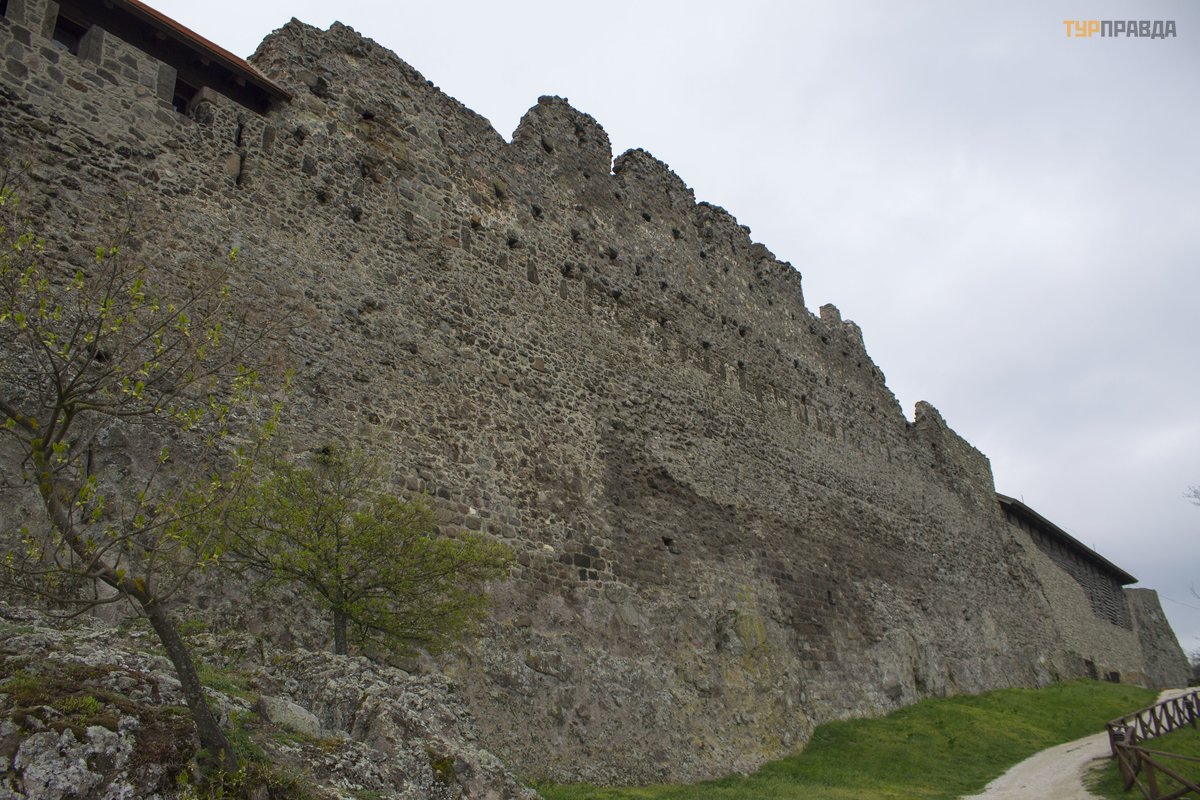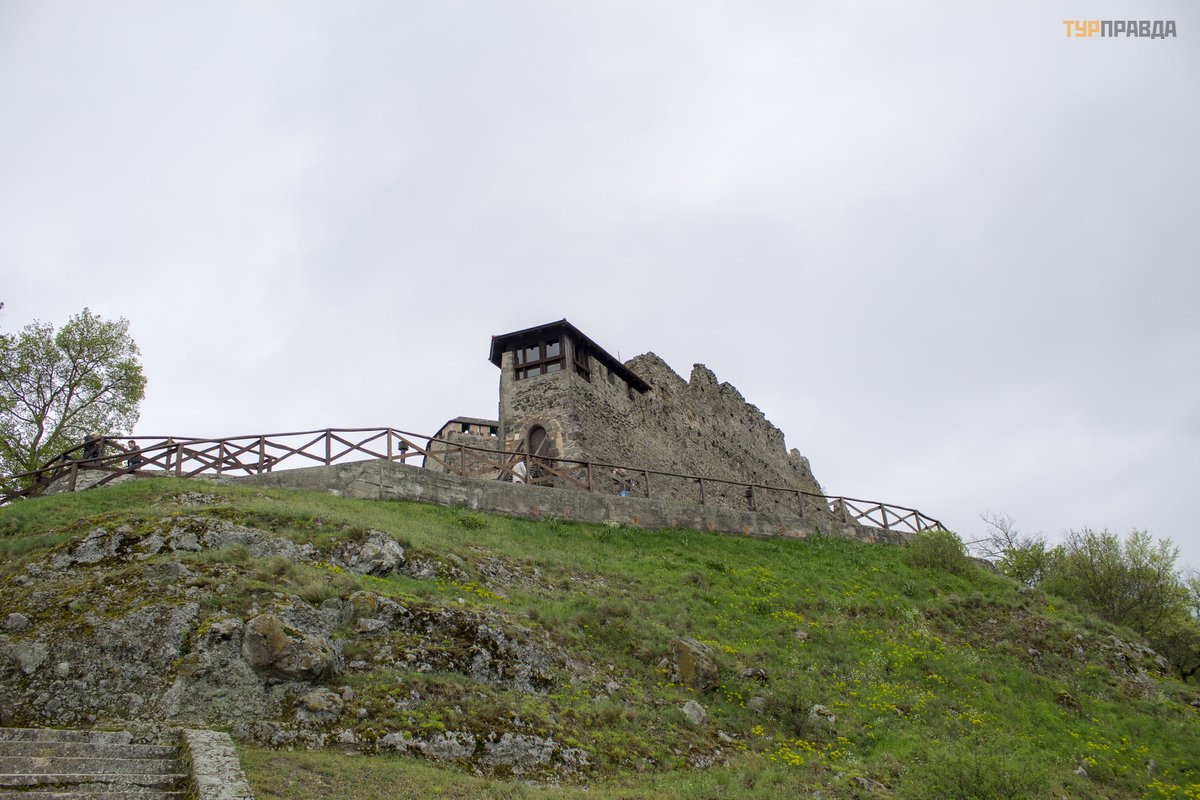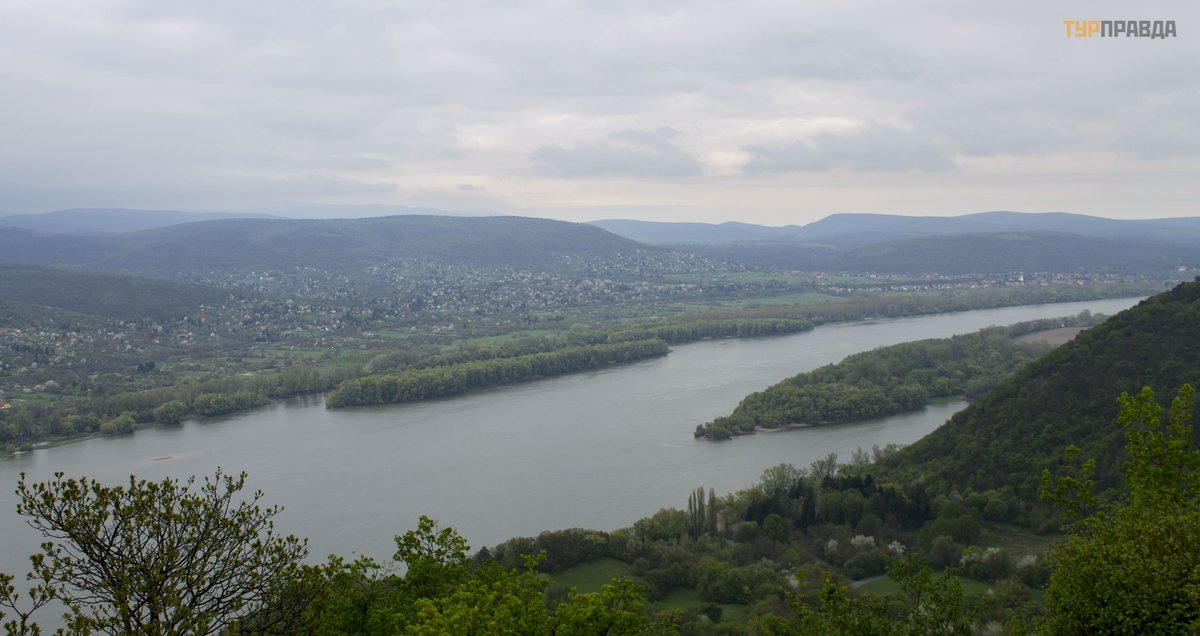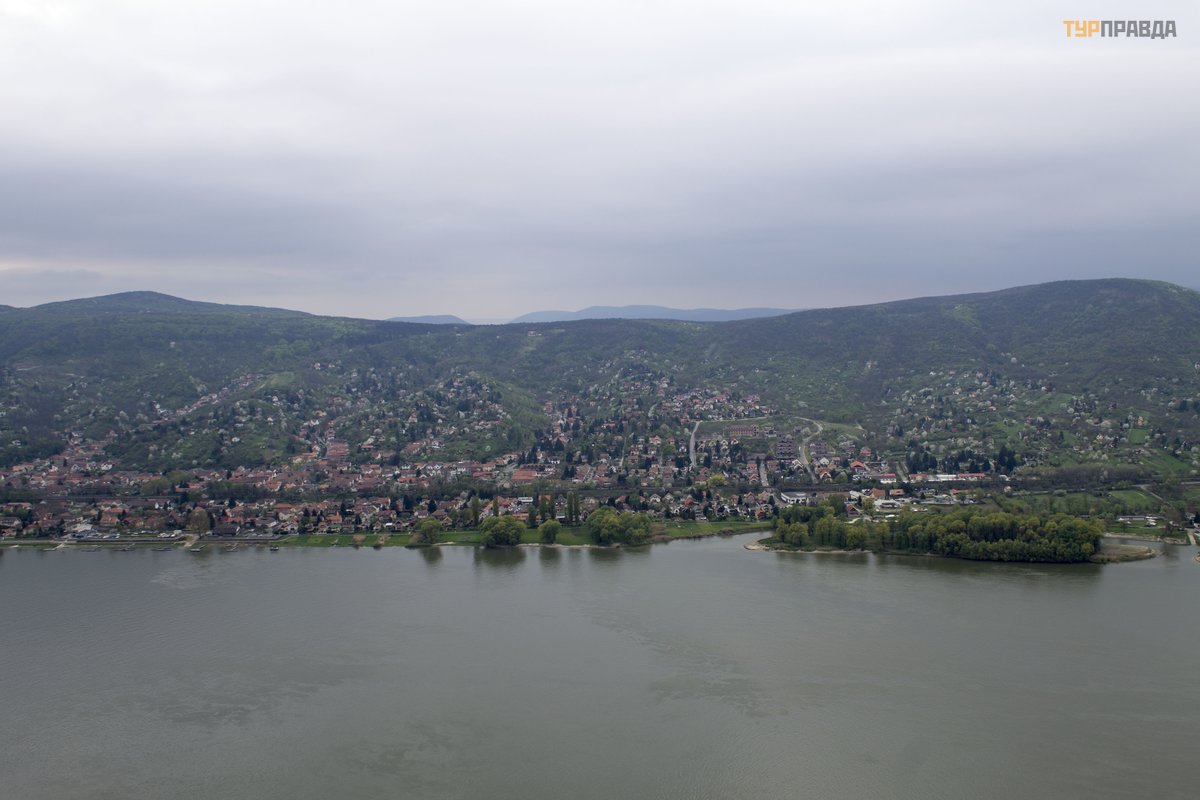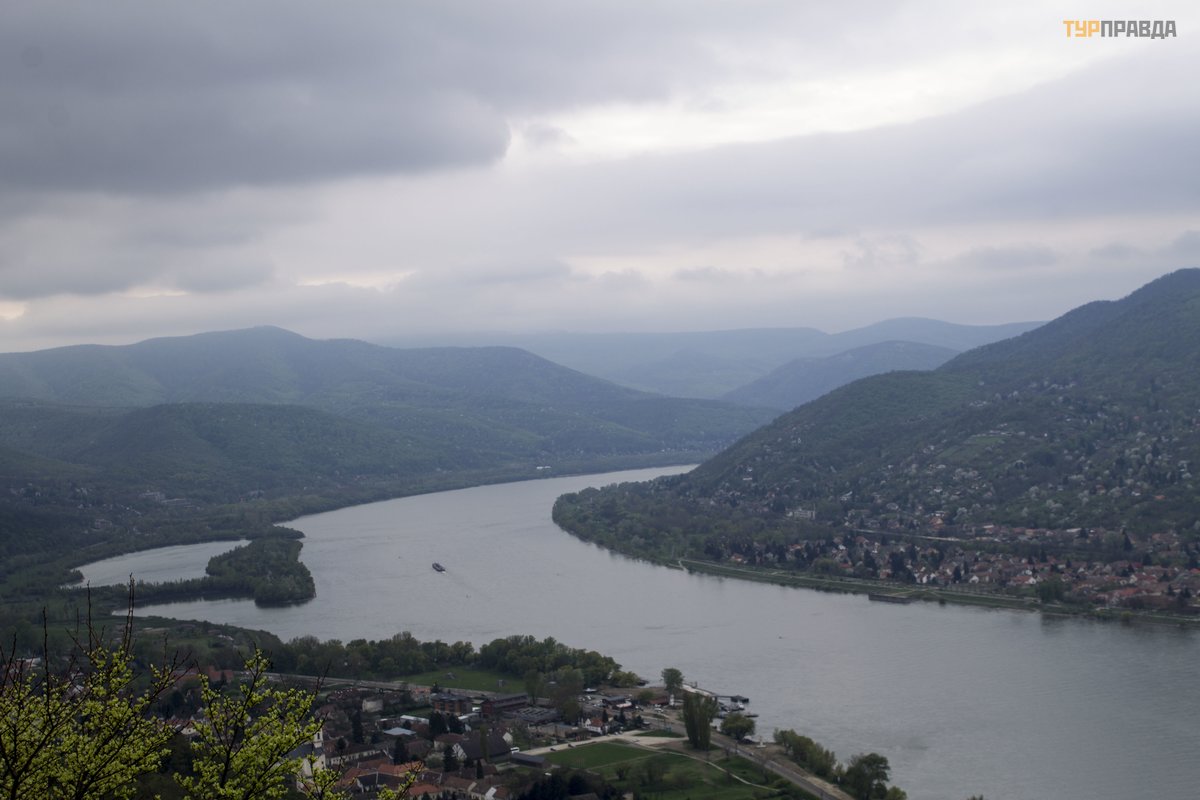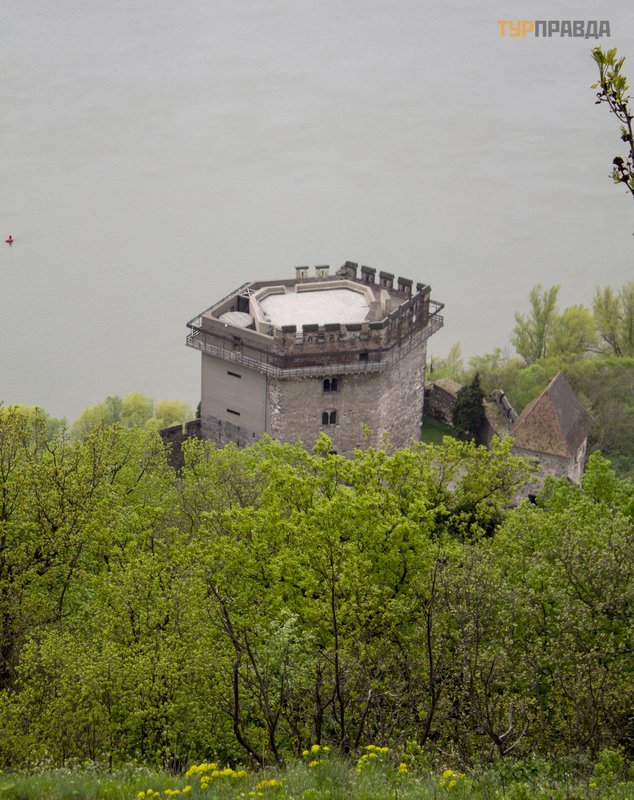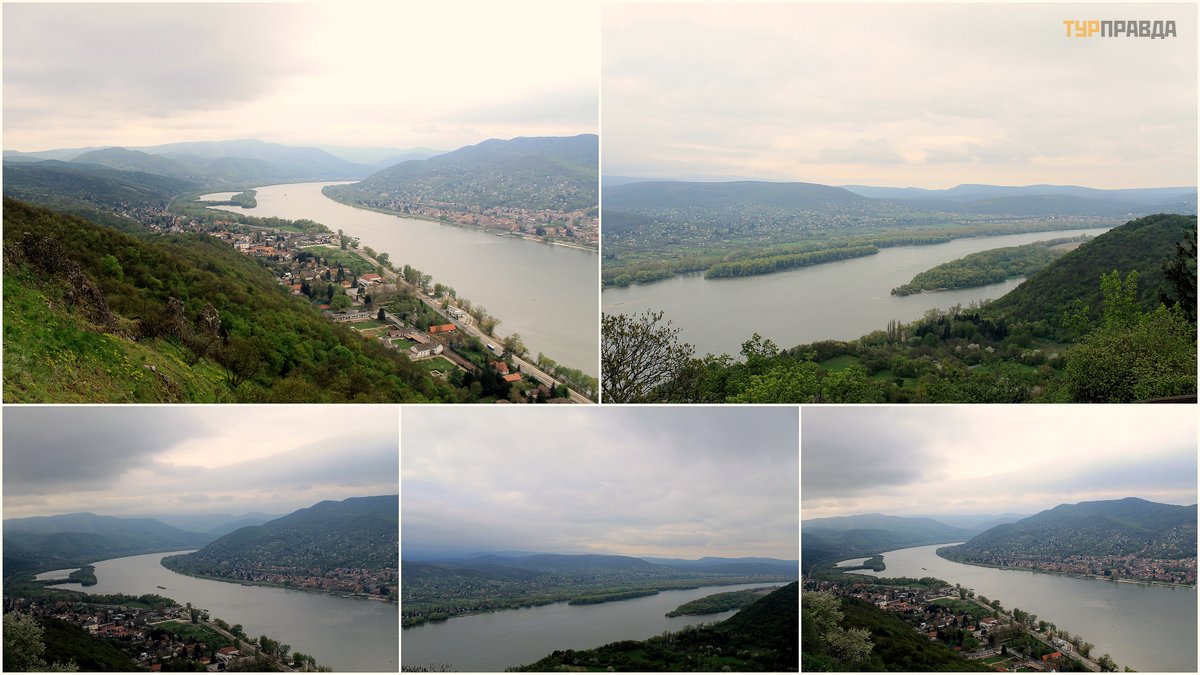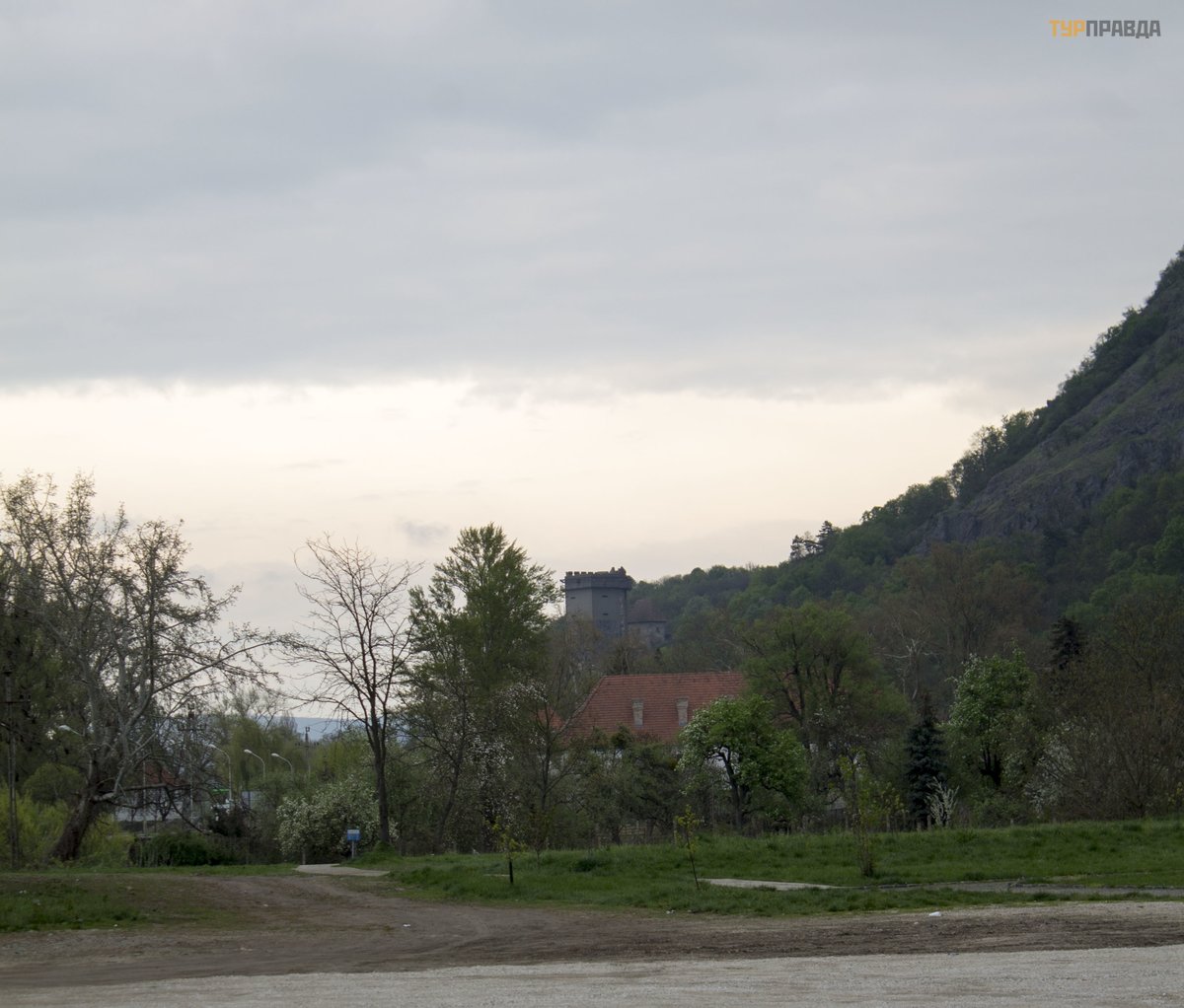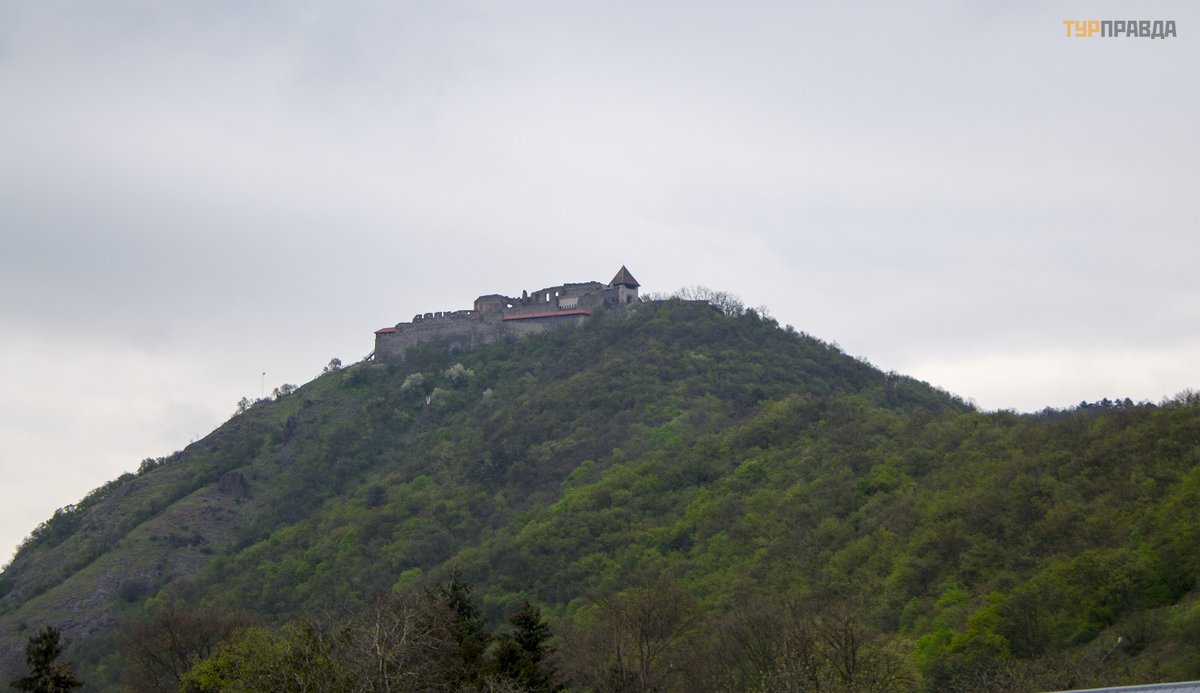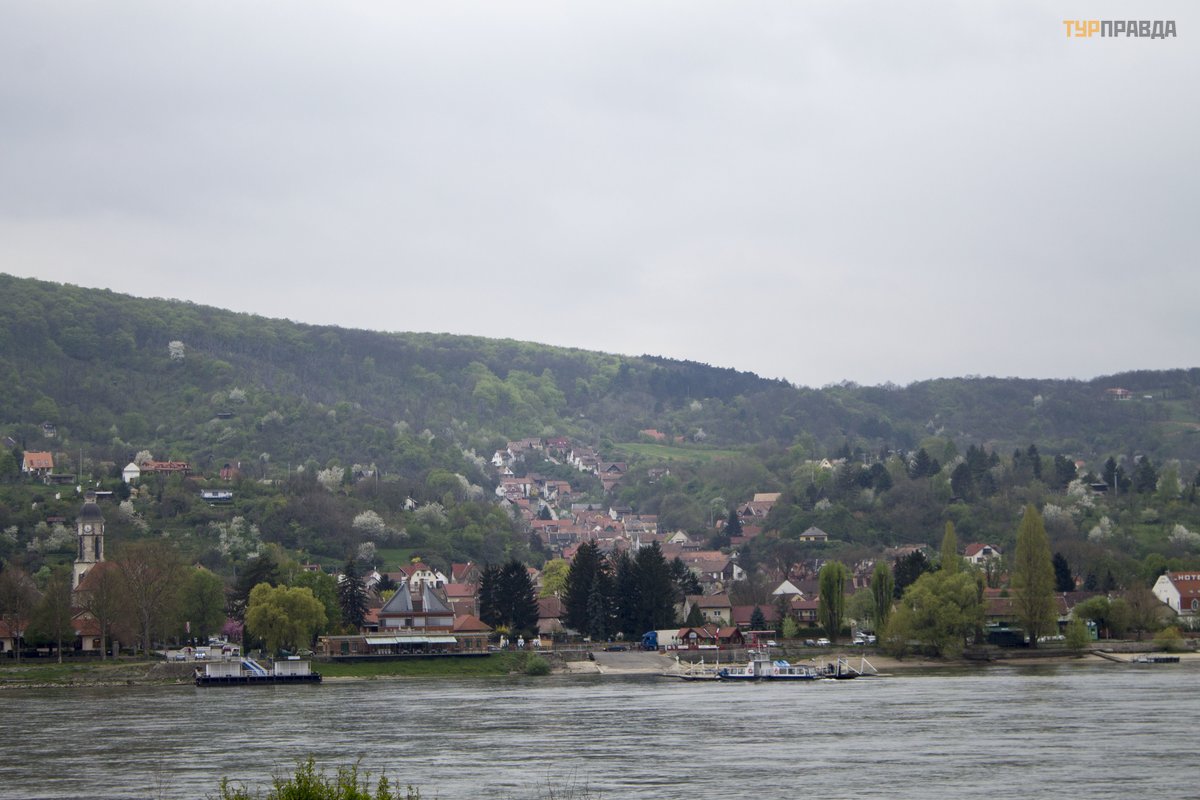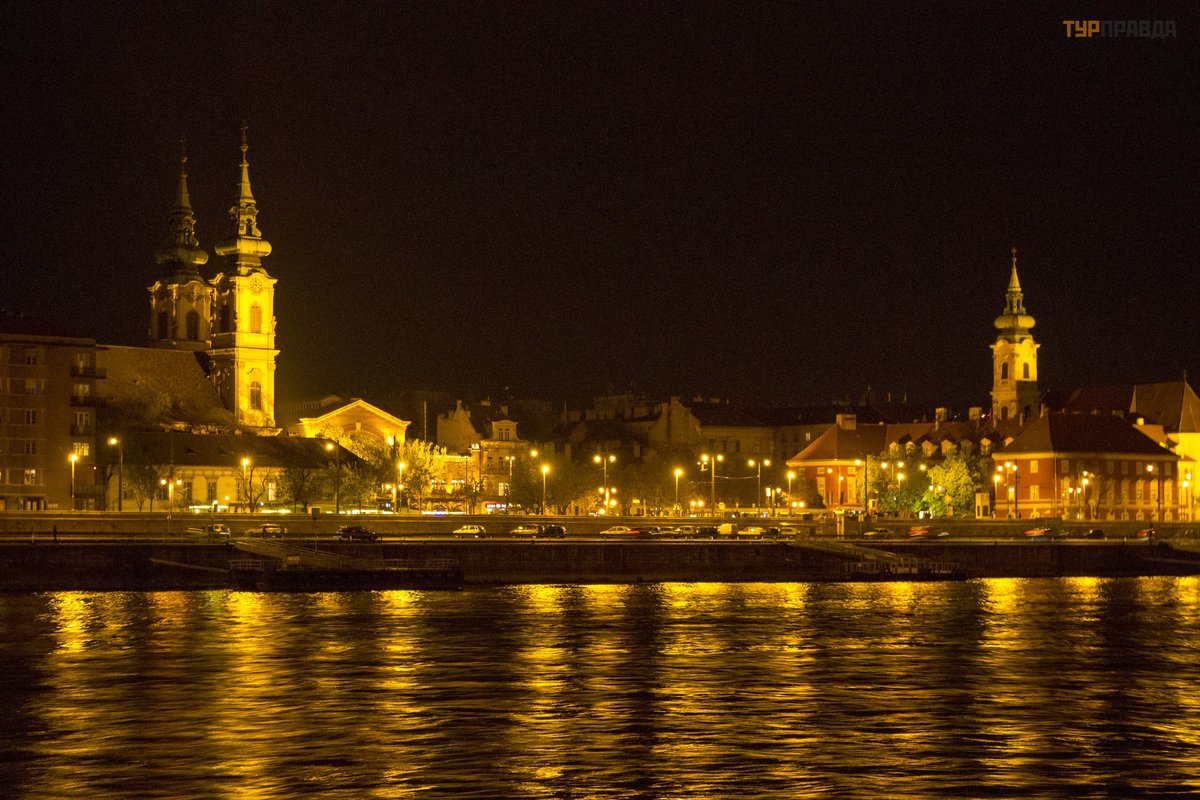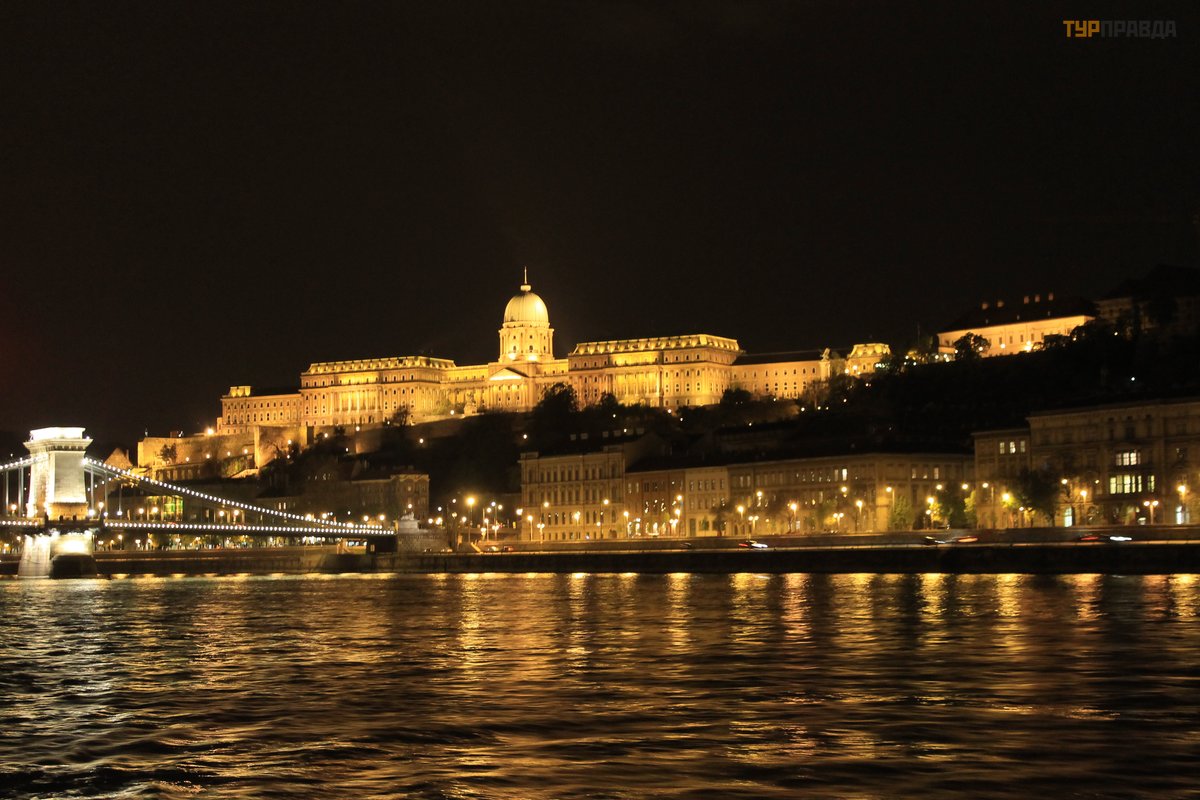How we traveled from Budapest to the Bend of the Danube. Part 2.

Having completed my acquaintance with Esztergom, which I told about here:
How we traveled from Budapest to the Bend of the Danube. Part 1.
we are heading to Visegrad (sometimes the name of the city is written as Visegrad, but I will use the more familiar to our ear) by bus number 880, which was mentioned above and the stop of which is literally a 2-minute walk from the exit from the Cathedral of St. Adalbert. The journey takes about 40 minutes. and now we find ourselves in another former capital of the Hungarian state. In general, the settlement itself has been known since ancient times, it was here that the border of the Roman Empire passed, and after the arrival of the Hungarians, St. Stephen founded the Hungarian Spanish here.
For a modern tourist, the name Vysehrad, rather, can be associated with the concept of the "Visegrad Four" - it was here in 1991 that a cooperation agreement was signed between Hungary, Czechoslovakia and Poland. To my shame, I confess that until the moment I visited the Hungarian Visegrad, I thought that this agreement was signed in that Visegrad, which is in Prague. : )
When Visegrad was the capital in the XIV century. here they managed to build a luxurious Royal Palace in the Gothic style, later supplemented with Renaissance elements. When the capital of Hungary was moved back from Visegrad to Buda, the Visegrad Palace began to be used as the summer residence of the Hungarian kings. In those days, the Visegrad Palace was called the "second Alhambra", and wine flowed from the well of the palace during luxurious receptions - that's when you had to visit it! : )
Later, during the wars with the Habsburgs, the Palace was almost completely destroyed and now only a few rooms, a courtyard and a well have been restored. Located here Museum allows you to get acquainted with historical exhibitions and elements of the arrangement of past times. But since the time was already quite late (at least by the standards of Hungary; )), we did not go to the Palace. Therefore, for a general idea and making a decision whether you will go there, I offer a photo from the Museum's website.

The second famous landmark of Vysehrad is the powerful fortress orCitadel (Fellegvá r), erected strong> in the XIII century. after the Tatar-Mongol invasion on the site of an older fortification. She is the main purpose of our visit.
It's a bit high, however, but no one promised that it would be easy! ; ) Yes, there are almost no people here, as in Esztergom.
 Typical picture for a Sunday afternoon
Typical picture for a Sunday afternoon
There are, however, such local residents. It's good that they are behind a high fence! : )))
And we are passing by the local church of St. John the Baptist
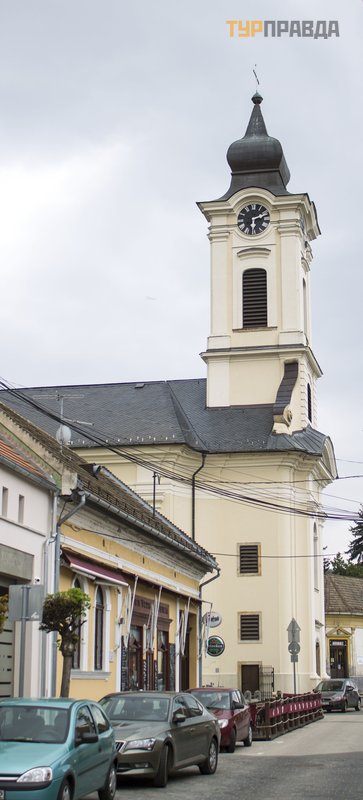 Church of John the Baptist, Vysehrad
Church of John the Baptist, Vysehrad
We begin our ascent. And there are two ways - along the asphalt road, where cars and tourist buses go, or along the forest path, which I saw on the map of Vysehrad.
Of course, we choose the path - to cut the corner and at the same time understand what kind of squares are depicted there. It turns out that this is a recreation of the Way of the Cross of Christ,
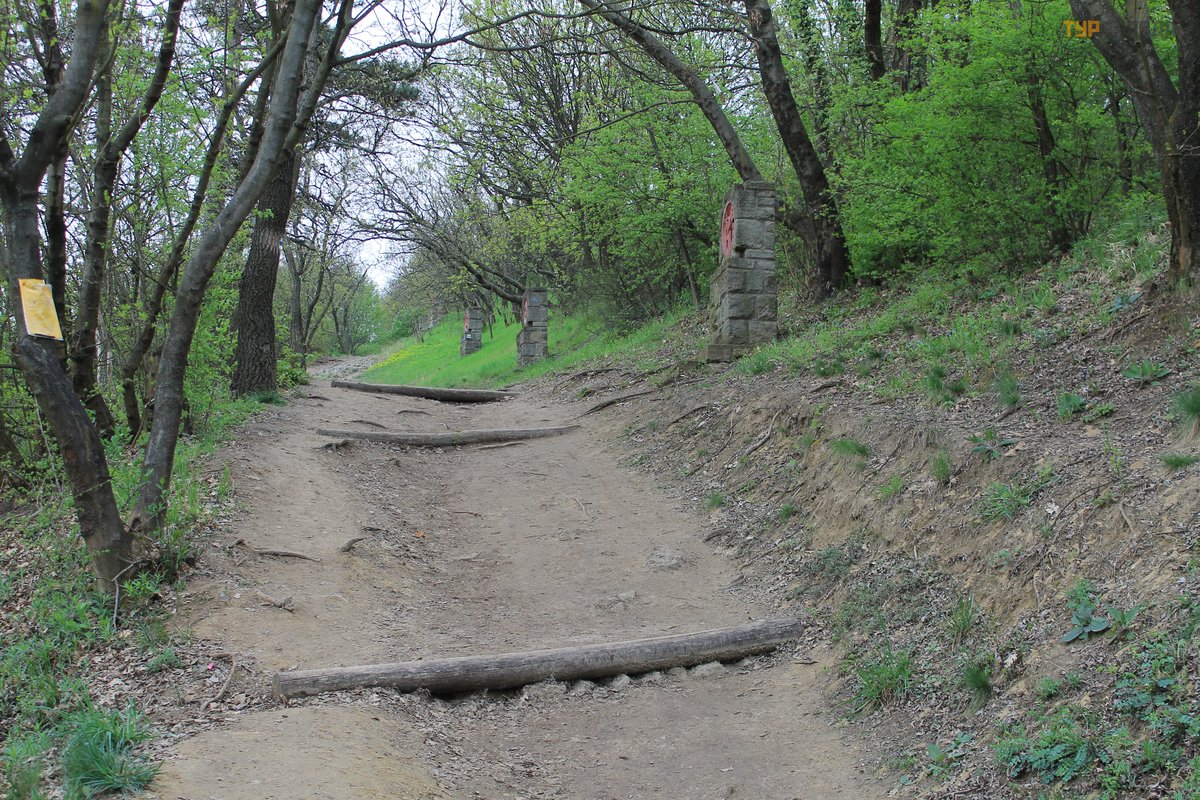 On the forest path to the Citadel
On the forest path to the Citadel
leading to a small chapel right in the rock and a memorial sign next to it.
And by the time we got to it, I was already a little tired and expected that the Citadel was just around the corner, literally and figuratively. But then I looked at the map again and realized that we were almost at the beginning of the journey. In general, I will not dwell on what happened next - I walked on two, then on four, I sniffed like a steam locomotive, taking off unnecessary things along the way. At a certain stage, when I realized that I no longer had the strength to go up, and pride did not allow me to go down, I even wanted to resort to a truly feminine way to solve the problem - to cry for pleasure. But I was stopped by the fact that today is Sunday, everything closes early, and if I do get to the fortress and see that it is closed, and we are late because of my sobs, I simply have a stroke!!!
So I kept crawling walking! And imagine my happiness when THEY appeared around the corner - the gates to the Citadel! : )
Actually, the Citadel itself was destroyed over time and partially restored not so long ago - in 2008. All the attributes inherent in medieval castles are located here - an exhibition of weapons, an archery range, a wax museum, etc.
But all this was closed by our arrival, however, we were not very interested. After all, they climb the Citadel because of the most magnificent views! And now they are available to us. : )
From the lower platform of the Citadel you can also see Solomon's tower, the only one well preserved after the destruction of the old fortress. They say that it is named after King Solomon from the Arpad dynasty (by the way, he was the grandson of the Kiev prince Yaroslav the Wise), imprisoned at one time in this tower. But its more popular prisoners are King Sigismund Luxembourg, the future ruler of the Holy Roman Empire, and the Wallachian ruler Vlad the Impaler, better known to the people as Count Dracula. ; )
Despite the clouds, fog and strong wind, I didn't want to leave at all! Over and over again, like in a kaleidoscope, we scrolled magnificent pictures in front of us!
Well, that concludes our tour of the Citadel and we set off on our way back, which, unlike the way up, is quick and effortless. : ) From the bus stop we once again take a look at the places we had to climb, as well as Solomon's tower from a different angle - impressive!
And one more nuance - you can leave Visegrad in the direction of Budapest by train, but the railway station is located on the opposite bank of the Danube and you need to get to it by such a nice ferry. : )
We choose the bus, because we want to get to Budapest as soon as possible (the time is already around 7 pm). Of course, it doesn’t make any sense to visit Szentendra, it will remain in the plans. : ) By the way, some argue that all three cities are perfectly visited in a day. Purely technically, probably, it is possible, but we did not succeed. I think it makes no sense, unless, of course, you plan to gallop past all the sights and just "tick" their visit in your tourist listing. ; )))
And now for the some practical information promised at the beginning of the story. An organized excursion "Bend of the Danube" from local travel agencies costs about 50-55 € per person, and our "Accord-tour", with which we made another trip, "Bend of the Danube" was cut down to Visegrad and Szentendre and cost 23 € without cost entrance tickets. Our independent trip was much cheaper for us.
So, to find the answer to the question - how to get there, it is better to start from the site Budapest Public Transport, where in easy to understand English there is detailed information about everything, up to the location of ticket points, which is very convenient when planning a day. Since our Panda hotel (original name for Hungary ; )) was located almost on the edge of civilization, we decided that the most suitable in our case would be to buy a day pass for 24 hours for 1650 forints, allowing you to use all types of public transport without restrictions.
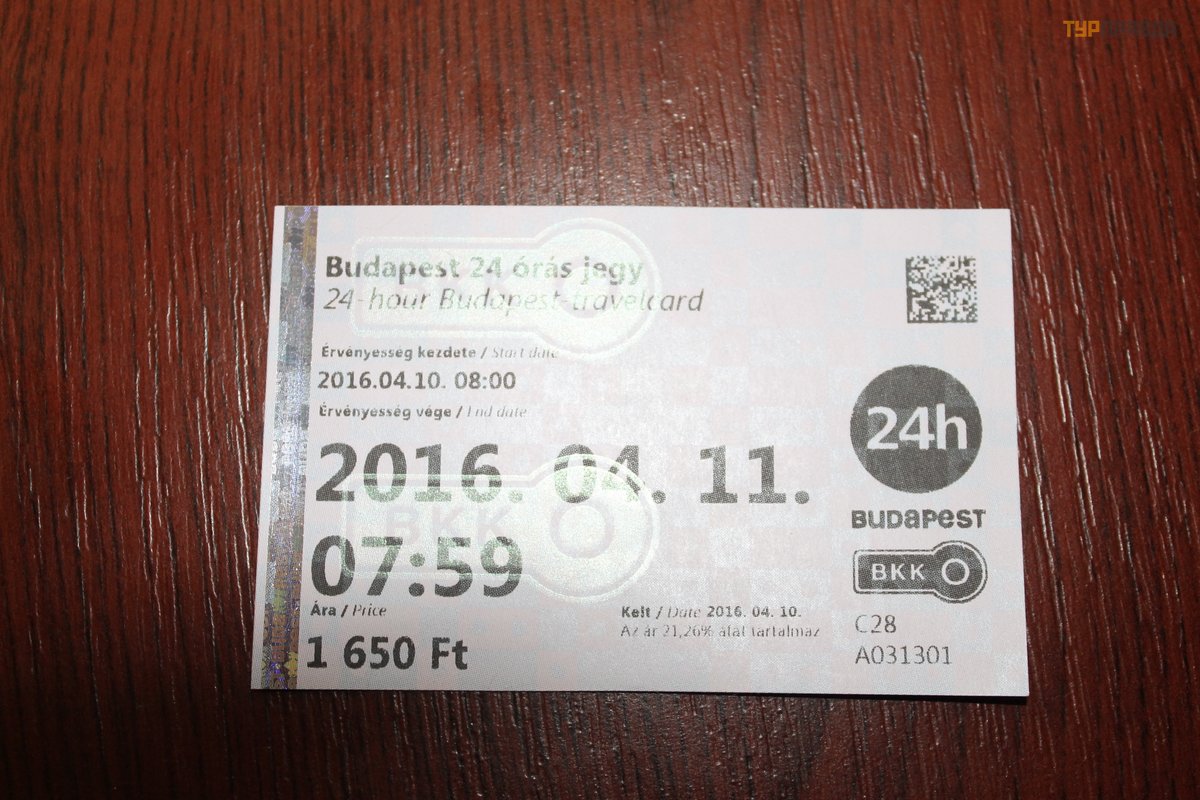 Daily pass for all modes of transport in Budapest
Daily pass for all modes of transport in Budapest
Next, trains depart from the platforms located in the left wing of the Western Station. You can also buy tickets from vending machines there. If you want to do this without fail at the box office, then you need to go to the right wing.
The vending machine has the ability to select the English language, destination city, carriage class and number of tickets. After that, the machine will show you the required payment amount. And here attention - the question will glow in the machine: “Do you have a Budapest Pass? ”. So, your daily pass belongs to the Budapest Pass category, and after clicking the “Yes” button in response to the above question, the amount required to pay has decreased from 1120 forints to 745 forints for one 2nd class ticket. Therefore, I believe that only with this savings the travel card has already fully paid for itself! ; )
Bus tickets on the way back (purchased from the driver) cost us 465 forints from Esztergom to Vysehrad and 745 forints from Vysehrad to Budapest. Those. for all types of transport services we paid 1955 forints, and for the combined ticket to the Basilica another 1400 forints. Accordingly, a fairly rich "tour" cost us 3355 forints or 11€ per person.
So the numbers speak for themselves, and I think there is no need to agitate for the possibility and usefulness of independent travel for TP readers. : ))
Well, in Budapest we wanted to have time to realize one more idea - a boat on the Danube. ; ) And we succeeded in this, although we did not get on the boat of the carrier DunaCorso, which When planning a trip, it seemed to us the most acceptable in terms of price-quality ratio: an hour's walk costs 2990 forints. But every cloud has a silver lining - on the pier there was a no less pretty boat of the carrier DunaYakht, which turned out to be even cheaper than 2.100 forints (moreover, it is more profitable to pay in the national Hungarian currency, because they took 9€ in euros), and seeing our hesitation, he offered us tickets at a discount, as students - for 1900 forints. : )))
On such a beautiful note, our long and exciting day in Budapest and the surrounding area ended.
